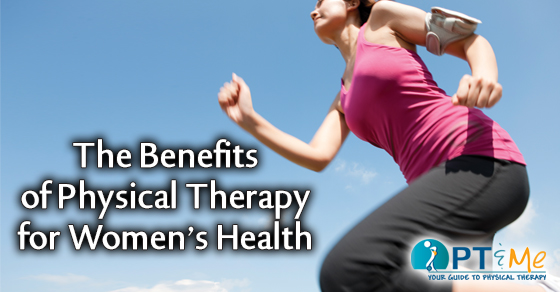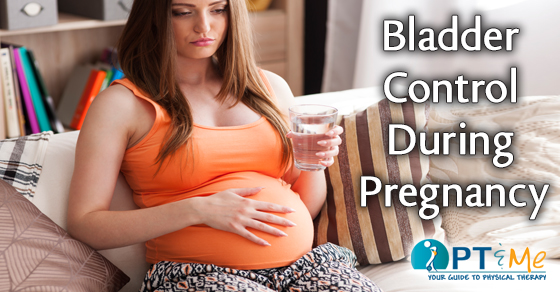Women’s health can cover a multitude of subjects, from pregnancy to aging – the female body undergoes many changes. Physical therapists’ most common women’s health clients come in experiencing incontinence, osteoporosis, and pregnancy-related back pain.
URINARY INCONTINENCE
Urinary incontinence is a loss of bladder control that results in leakage when the muscles of the pelvic floor are weak or overactive. Causes include childbirth, hormonal changes, surgical trauma, pelvic fractures, chronic cough, obesity, muscle weakness, or even repetitive lifting. Physical therapy can help decrease or resolve urinary leakage, identify bladder irritants and strengthen pelvic floor muscles through an individualized exercise program.
OSTEOPOROSIS
Keeping the bones strong as you age, especially after menopause, is a challenge many women face. An excessive decline in bone mass is called osteoporosis, and it is a leading healthcare concern for women. A physical therapy program can help improve your posture and strength, prevent falls, and decrease your risk for fractures.
A physical therapist that specializes in women’s health and treating pelvic floor dysfunction can help as well.
PELVIC FLOOR DYSFUNCTION
Exhibits Several Symptoms:
Urinary Incontinence
Fecal Incontinence
Constipation
Diarrhea
Pelvic Floor Pain
PREGNANCY-RELATED BACK PAIN
Many women experience low back pain during pregnancy. This is due to several factors such as:
Hormonal Changes – this causes increased looseness of the pelvic ligaments to prepare your body for birthing your baby.
Increased Weight Gain – This places increased stress on all the joints of the body. Increased breast weight can overload
the neck and upper back.
Postural Changes – Body weight shifts forward as the baby grows and this increases the arch in the lower back. Stomach
muscles and the lower pelvic muscles become weaker which decreases support for the lower back.
Altered Movement Patterns – Due to your changing body, women often begin to move in different patterns that can increase stress to the low back or pelvic joints.
This information was written by Advance Rehabilitation Physical Therapy, an outpatient physical therapy group with 24 locations in Georgia and Florida. Advance Rehabilitation is a physical therapy practice that focuses on providing the highest quality rehabilitation services. We specialize in physical therapy, sports medicine, industrial rehabilitation and athletic training. Our staff includes highly-trained professionals that serve as a bridge between injury and recovery to help patients get back to pre-injury status as quickly as possible. For more information click here.




